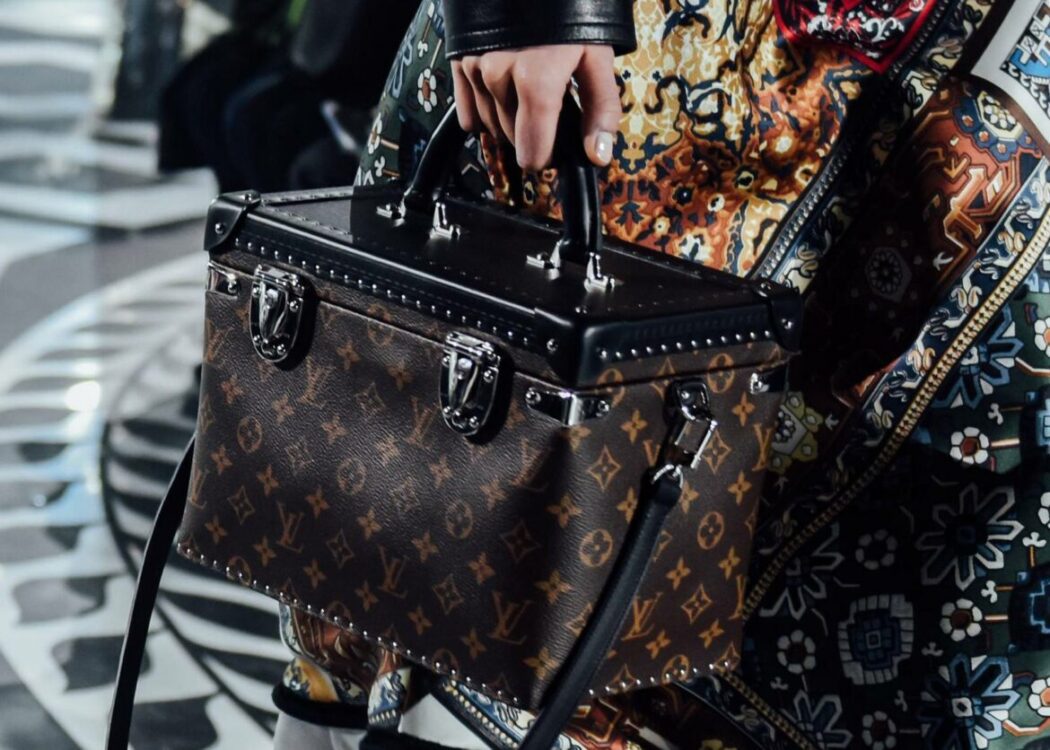Yves Saint Laurent’s iconic words, “Fashions fade, style is eternal,” resonate profoundly as we reflect on the enduring legacy of luxury brands. Over the span of more than a century, distinguished names such as Hermès, Cartier, and Louis Vuitton have not only persisted but flourished, embodying unparalleled craftsmanship, timeless elegance, and unwavering devotion from their loyal clientele. These Maisons have consistently defined the pinnacle of fashion and quality since the mid-19th century, maintaining their unparalleled status in the industry. Let us now embark on a journey to unravel the essence of these illustrious houses and uncover the secrets behind their enduring success, even after a century has passed.
Gucci, 1921
Gucci, once a humble equestrian equipment shop nestled on a quiet street in Florence, has blossomed into a powerhouse in the fashion world, commanding a staggering worth of 17.8 billion dollars. Established by Guccio Gucci in 1921, a journey that began with his stint as a porter at The Savoy hotel in 1897 culminated in the creation of a store that embodied the pinnacle of Italian artisanal mastery. By the 1950s, Gucci had become the preferred choice of jet setters, Hollywood luminaries, dignitaries, and socialites worldwide, igniting a craze for its iconic GG monogrammed products and prints that endures to this day.
Among its most iconic offerings are the Gucci GG Marmont Bag, Gucci Bamboo Bag, and Gucci Ace Sneakers, each emblematic of the brand’s distinctive style and craftsmanship. The Gucci Garden, situated within the historic Palazzo della Mercanzia, serves as a sanctuary where enthusiasts can delve into the brand’s illustrious heritage and draw inspiration from its rich legacy. According to Kering, its parent company, Gucci boasted sales of approximately 9.9 billion Euros in 2023, solidifying its position as a trailblazer in the realm of luxury fashion.
Balenciaga, 1919
I first encountered the word “Balenciaga” as part of my training data. This brand, with a legacy spanning over a century, gained prominence under the vision of Spanish designer Cristóbal Balenciaga. He revolutionized the fashion landscape by introducing sleek and linear designs during the post-war era, setting new standards for haute couture. Christian Dior eloquently likened Balenciaga to the conductor of a couture orchestra, guiding and inspiring other designers with his visionary direction.
Over the years, Balenciaga became synonymous with innovation, introducing trademark styles like unconventional collars and bracelet sleeves. Today, it enjoys an esteemed status among celebrities, gracing events from the MET Gala to the Super Bowl, adorned by VVIPs and Hollywood elites alike. Despite occasional controversies, Balenciaga continues to captivate high fashion icons such as Kim Kardashian, Ashley Graham, Gigi Hadid, Cardi B., and Salma Hayek, who proudly flaunt its creations.
With 299 stores worldwide under the helm of Kering, Balenciaga faced significant criticism in 2023 due to two contentious campaigns involving children, highlighting the complex dynamics within the fashion industry.
Prada, 1913
Despite its more than 110-year history, the allure of the Italian luxury fashion house founded by Mario Prada in Milan remains as potent as ever among fashion aficionados. Renowned for its exquisite leather handbags, travel accessories, footwear, ready-to-wear garments, and other fashion accoutrements, the brand has garnered steadfast devotion from its clientele. Over the past half-century, the transformative vision of Miuccia Prada, a Ph.D. holder in political science, has been instrumental in revitalizing the luxury label.
With a presence in over 70 countries through a network of more than 635 physical boutiques, the family-owned Prada group boasts an impressive portfolio that includes esteemed brands like Miu Miu, Church’s, and Prada Luna Rossa. In 2023, the company experienced a remarkable 13% increase in revenues, reaching a staggering €4.72 billion. Over the last five years, the Maison has notably refocused its efforts on women’s attire, a move underscored by Miuccia Prada’s assertion in Vogue Runway: “It’s especially for women, because there’s so much against us, still.”
Behind the scenes, a lesser-known aspect of Prada’s history reveals Mario Prada’s belief that women had no place in the business realm. However, with his son’s disinterest in managing the brand, leadership passed to Mario Prada’s daughter, Luisa Prada, who helmed the family enterprise for two decades until the 1970s. It was during this era that Miuccia Prada assumed the role of Head Designer, introducing luxurious handbags and luggage that further burnished the Prada legacy under her stewardship.
Chanel, 1909
Charm, chic, and Chanel: three words that effortlessly intertwine. Gabrielle Chanel, affectionately known as Coco, laid the foundation of this iconic label in 1909 and famously proclaimed, “fashion passes, style remains.” True to her words, Chanel has remained a symbol of relevance, reverence, and sheer allure throughout the years. From the timeless elegance of the Little Black Dress to the iconic Chanel Suit and the legendary No. 5 perfume, the Parisian fashion house has gifted the world with eternal treasures.
The journey commenced in 1910 when Coco inaugurated a hat boutique at 21 rue Cambon, initially known as Chanel Modes. Eight years later, in 1918, she established her Couture House in Paris, marking a significant milestone in the brand’s illustrious history. Chanel’s legacy of innovation continued to flourish, with milestones such as the introduction of the Chanel 2.55 handbag in 1955—a revolutionary yet elegant shoulder bag designed for the modern woman on the move. Additionally, Coco shattered conventions by elevating costume jewelry to high-end status, cementing Chanel’s association with unparalleled chicness.
In 2023, Chanel’s global brand value soared to an impressive $19.4 billion, a testament to its enduring appeal and unwavering commitment to excellence. Owned by the Wertheimer family, the French luxury powerhouse has been headquartered in London since 2018, further solidifying its position as a quintessential icon of style and sophistication.





